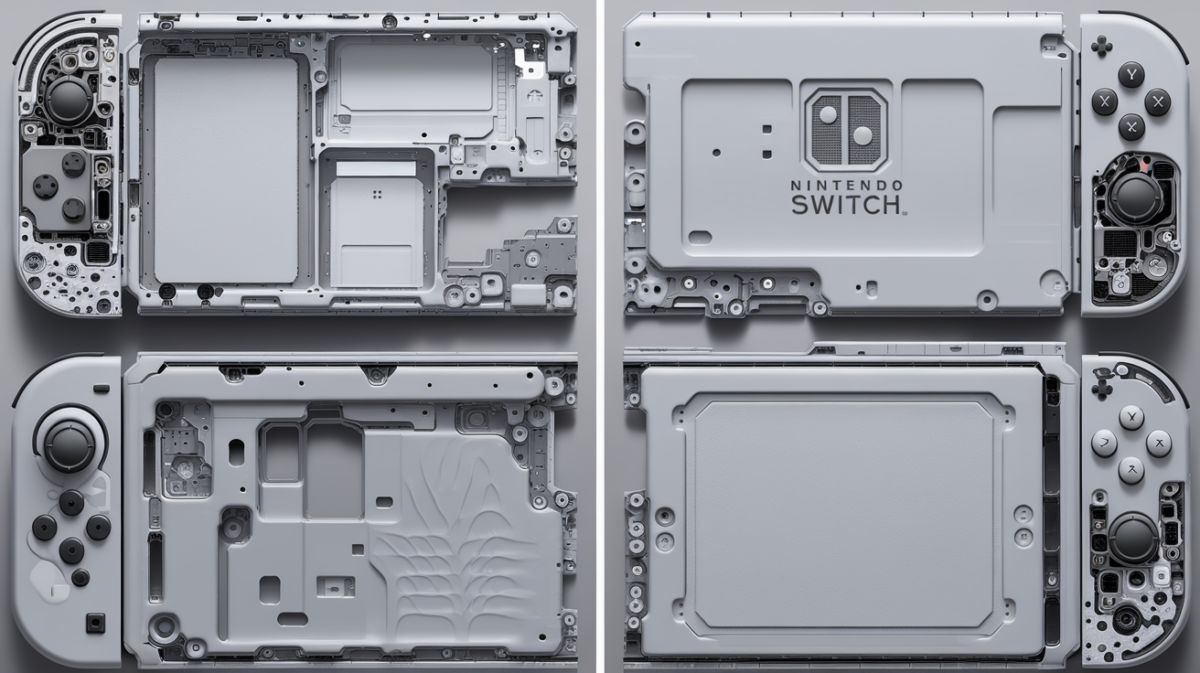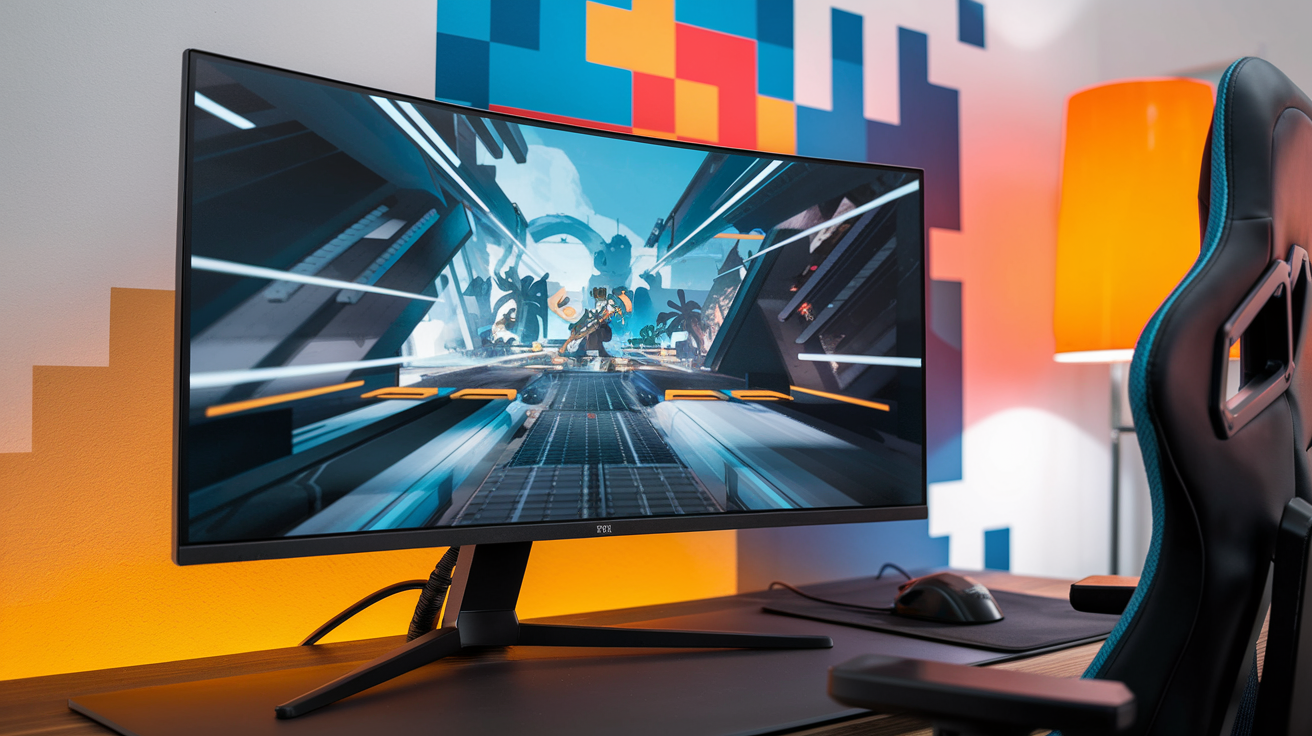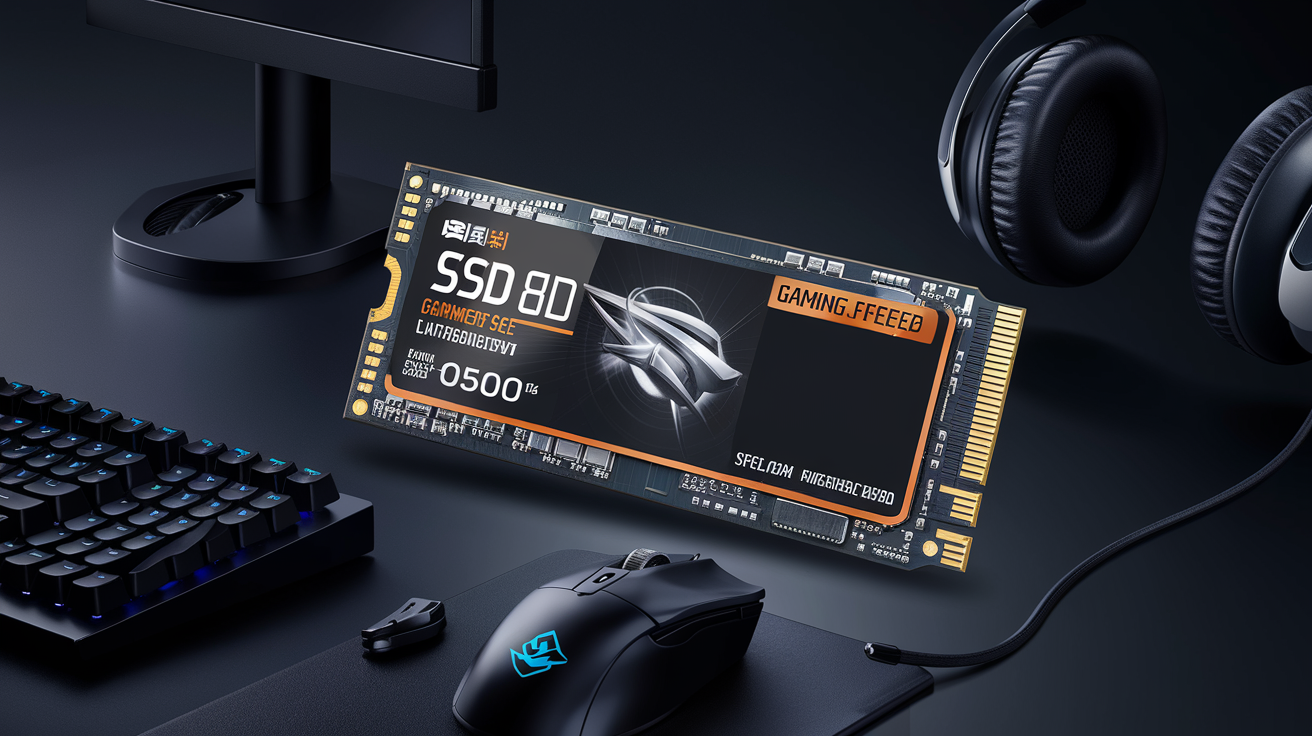Introduction
In a surprising turn of events, iFixit, the well-known authority on device repairability, has downgraded the Nintendo Switch’s repairability score from an 8/10 to a 4/10. This revision comes eight years after the console’s initial release, highlighting significant design changes that have made repairs more challenging for users and technicians alike.
Why the Score Changed
When the Nintendo Switch launched in 2017, iFixit praised its repairability, awarding it an 8/10. The console’s modular design and use of standard screws made it relatively easy to disassemble and repair. However, recent teardowns reveal that Nintendo has made several modifications to the Switch’s internal architecture, complicating the repair process.
Key Design Changes
- Integrated Card Readers: The SD card reader and game card reader are now combined onto a single board, making replacements more difficult.
- Non-Modular Storage: The storage drive is no longer modular, requiring deeper disassembly for replacements.
- Increased Use of Adhesives: Adhesives are now more prevalent, making it harder to open the device without damaging components.
Original vs. Revised Repairability
To better understand the shift, here’s a comparison of the original and revised repairability features:
| Feature | Original (2017) | Revised (2025) |
|---|---|---|
| Modular Components | Yes | No |
| Screw-Based Assembly | Yes | Partial |
| Independent Display and Digitizer | Yes | No |
| Use of Adhesives | Minimal | Extensive |
Community and Industry Reactions
The updated score has sparked discussions among gamers and repair enthusiasts. While some argue that the Switch is still repairable with the right tools, others are frustrated by the added complexity. Here’s what the community is saying:
- Reddit Threads: Many users express disappointment, noting that DIY repairs are now more daunting.
- YouTube Repair Channels: Technicians highlight the need for specialized tools, such as heat guns, to safely disassemble the device.
- Industry Experts: Some suggest that Nintendo prioritized sleek design over repairability, a trend seen across the tech industry.
What This Means for Consumers
The downgrade in repairability has practical implications for Switch owners:
- Higher Repair Costs: With fewer modular parts, professional repairs may become more expensive.
- DIY Challenges: Users attempting self-repairs will need advanced skills and tools.
- Long-Term Sustainability: The reduced repairability could shorten the lifespan of the device, leading to more e-waste.
Looking Ahead
iFixit’s revised score serves as a reminder of the growing tension between device design and repairability. As consumers become more conscious of sustainability, companies like Nintendo may face pressure to reconsider their design choices. For now, Switch owners should weigh the pros and cons before attempting repairs or upgrading to newer models.
Final Thoughts
The Nintendo Switch remains a beloved console, but its declining repairability score is a cause for concern. Whether this trend continues or reverses will depend on consumer demand and industry standards. For those who value longevity and ease of repair, it’s worth keeping an eye on future developments.







